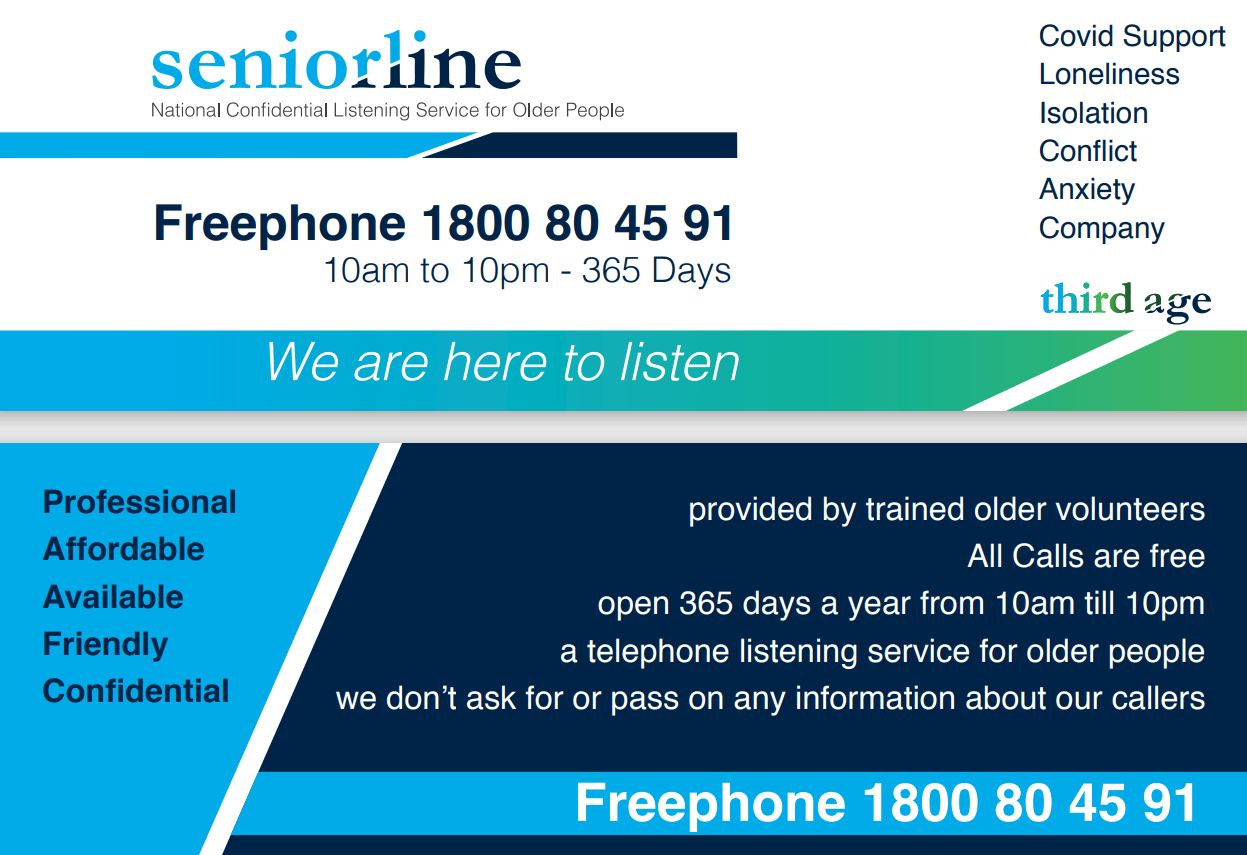Sunstroke and Heatstroke are potentially life-threatening conditions if you get too hot.
Heat stroke generally occurs when an individual has been too hot for too long, whether working, exercising or simply sitting in a hot environment.
If the body’s internal temperature reaches 40 °C or higher, it is a potentially life-threatening condition.
Also known as sunstroke, heatstroke is a serious condition and must be considered an emergency.
If left untreated, damage to internal organs can occur; the longer it is left, the more serious heatstroke can become. In some cases, heatstroke can be fatal.
Heatstroke/Sunstroke symptoms
Heatstroke and Sunstroke are far more serious than heat exhaustion. These conditions can happen when your body’s internal (core) temperature goes over 40 degrees C or 104 degrees F. A high temperature is one of the main signs of heatstroke and sunstroke.
Other signs & symptoms of heatstroke/sunstroke may also include:
- Headache
- Feeling desperately thirsty
- Feeling very hot
- Nausea and vomiting
- Being agitated,
- Behavioural changes such as confusion, disorientation
- Being irritable
- Being delirious
- Seizures
- Having a drop in blood pressure
- Fast pulse
- Rapid, shallow breathing
- Losing consciousness / fainting
If you see someone with these symptoms call for medical help immediately.
If you see someone with heatstroke/sunstroke seizures, call 999 and ask for an ambulance to come urgently.
It can help the ambulance crew if you are able to tell them if the person you’re with has any health conditions, and if they are taking medication regularly.
Some people, such as older people, young children, and those who have a health condition are at increased risk of heat exhaustion or heatstroke. There may be other important information that you should pass on if you know it.
For instance, if the person has been ill lately, especially if they might already be dehydrated, and if they have been exercising in the heat.
Heat exhaustion symptoms
When our body temperature is normal it measures around 37 degrees C or 98.6 degrees F. Health problems start when your body’s internal (core) temperature rises to 40 degrees C or 104 degrees F.
Heat exhaustion is less dangerous than heatstroke or sunstroke. With heat exhaustion you feel very hot, and the amount of water and salt in your body drops below normal levels.
Heat exhaustion can make you feel quite unwell, but if caught at this stage, shouldn’t usually be serious. If you are concerned that you – or someone else – has heat exhaustion, take these steps as soon as you can.
How you can help
It’s important to reduce the body temperature, so find somewhere cool where the person with you can lie down, and take off as much of their clothing as possible. The next step is to cool them down as much as you can. Use a cool, damp cloth on their skin, to help bring their temperature down.
While their skin is damp, fan them with anything you have to hand. By doing this you’ll encourage the moisture on their skin to evaporate, which is a natural way of cooling the body down. The next step is to give them something cool (but not freezing) to drink slowly.
In cases of heat exhaustion this should help the person affected feel better. However, if the person doesn’t improve within about 30 minutes, or they become unconscious at any point, and/or have seizures, call 999.
The material is for general information only and does not constitute investment, tax, legal, medical or other form of advice. You should not rely on this information to make (or refrain from making) any decisions. Always obtain independent, professional advice for your own particular situation.


